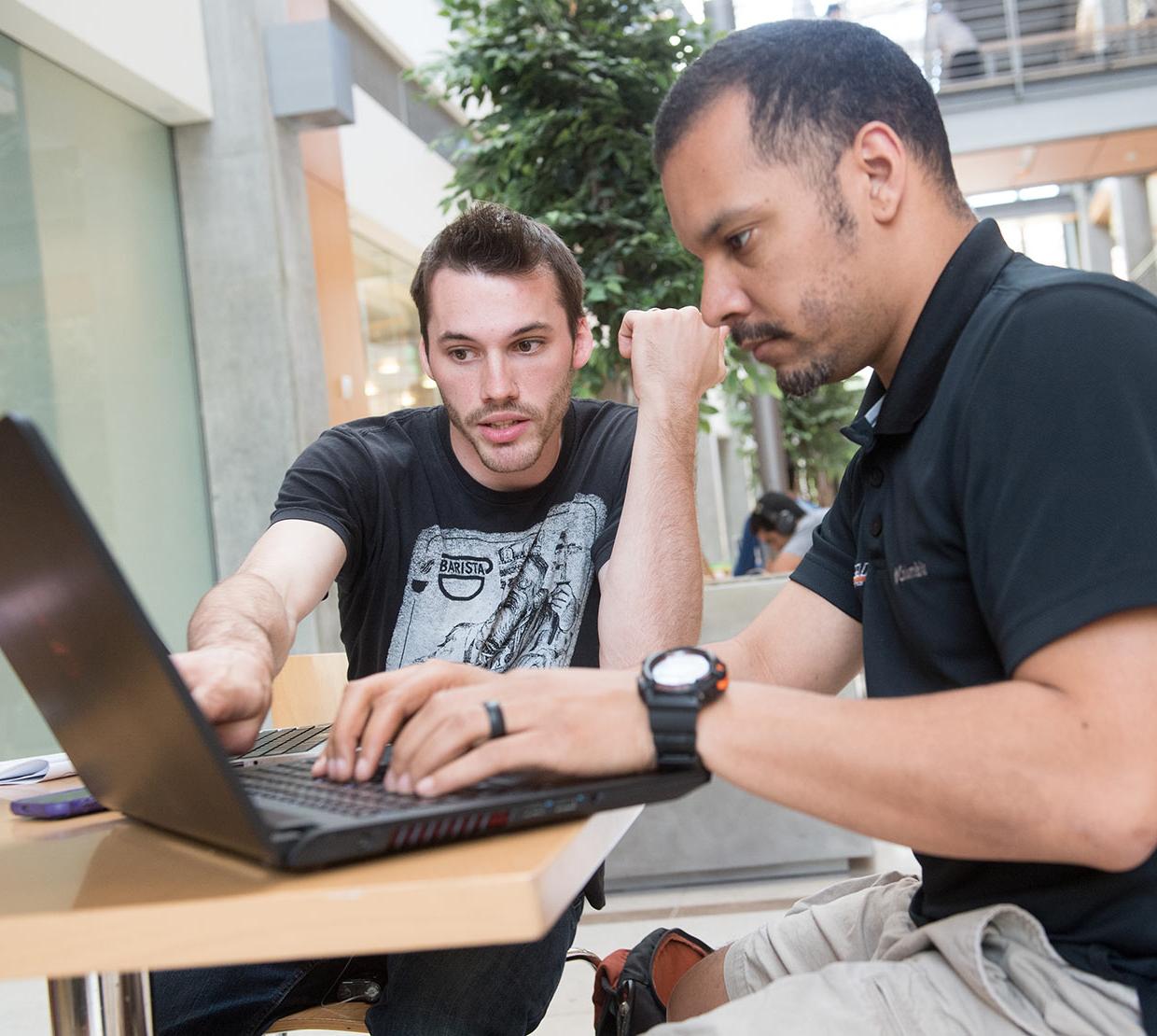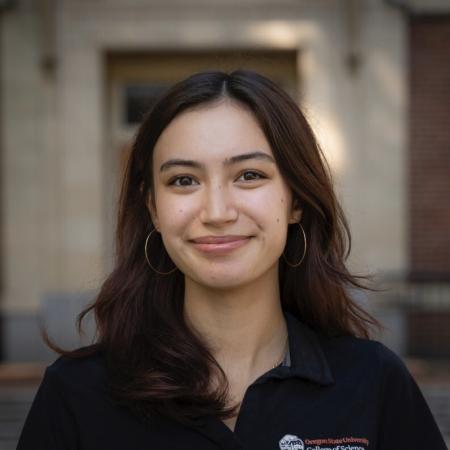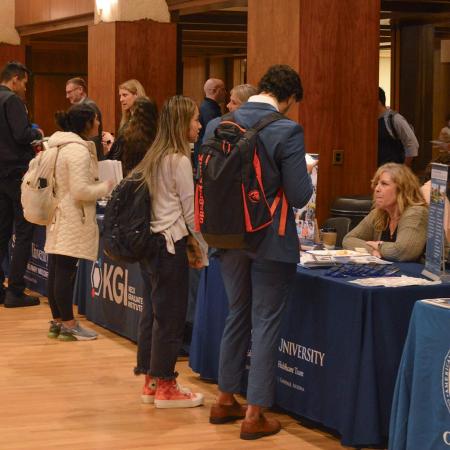NSF grant to boost retention and graduation rates in STEM
Through a joint collaboration between the College of Science, College of Engineering, and the Division of Student Affairs, OSU received a $1.5 million NSF Improving Undergraduate STEM Education grant. The funds will help launch a new University-wide program: The Oregon State University STEM Leaders Program. The program is expected to benefit 276 students in its 5-year span.
Collaborators include: Kevin Ahern in the Department of Biochemistry and Biophysics; Devlin Montfort and Milo Koretsky, both in the School of Chemical, Biological & Environmental Engineering; and Susan Brubaker-Cole, Vice Provost for Student Affairs.
The OSU STEM Leaders Program seeks to increase the retention and graduation rates of underrepresented minorities, women, and economically challenged students majoring in Science, Technology, Engineering or Mathematics (STEM). This new initiative will specifically target students in the Colleges of Science, Engineering, and Agricultural Sciences. By increasing graduation rates, the OSU program will produce more graduates to address the nation’s growing need for more trained workers in STEM disciplines.
“This grant will help OSU to recruit, retain, and graduate outstanding students in science and engineering who would otherwise find it very difficult to succeed,” said Ahern. “I’m honored to be able to help these students realize their dreams.”
The program will use proven methods that lead to STEM success, such as:
- Offering small, cohort-based orientation courses
- Providing mentoring by student peers
- Hosting workshops conducted by upper-class STEM students
- Giving students access to faculty-directed undergraduate research earlier - in the freshman/early sophomore years and immediately for transfer students
In addition to offering students with enriching experiences and increased learning, these methods will provide economic support that is essential for helping diverse students to remain in school.
The STEM Leader Program will work closely with other University programs, such as the Louis Stokes Alliance for Minority Participation, College Assistance Migrant Program, Educational Opportunities Program, Society for Advancement of Chicanos and Native Americans in Science, among others.
After evaluation of the program’s achievements at the end of the five-year period, the outcomes will be communicated to other universities so that they can benefit by replicating its successes.
By building a growing institutional culture of support, the OSU STEM Leaders Program will establish a structure and design for sustaining increased retention/graduation in STEM fields, many years after the NSF funding has ended.




